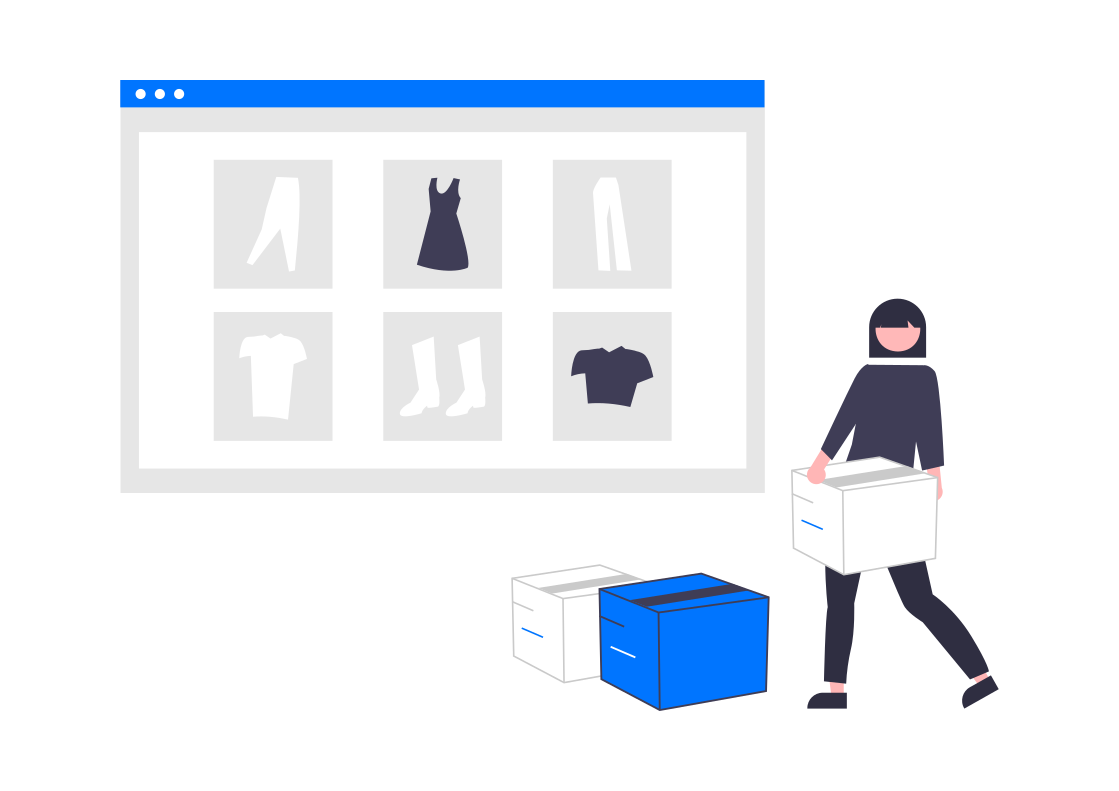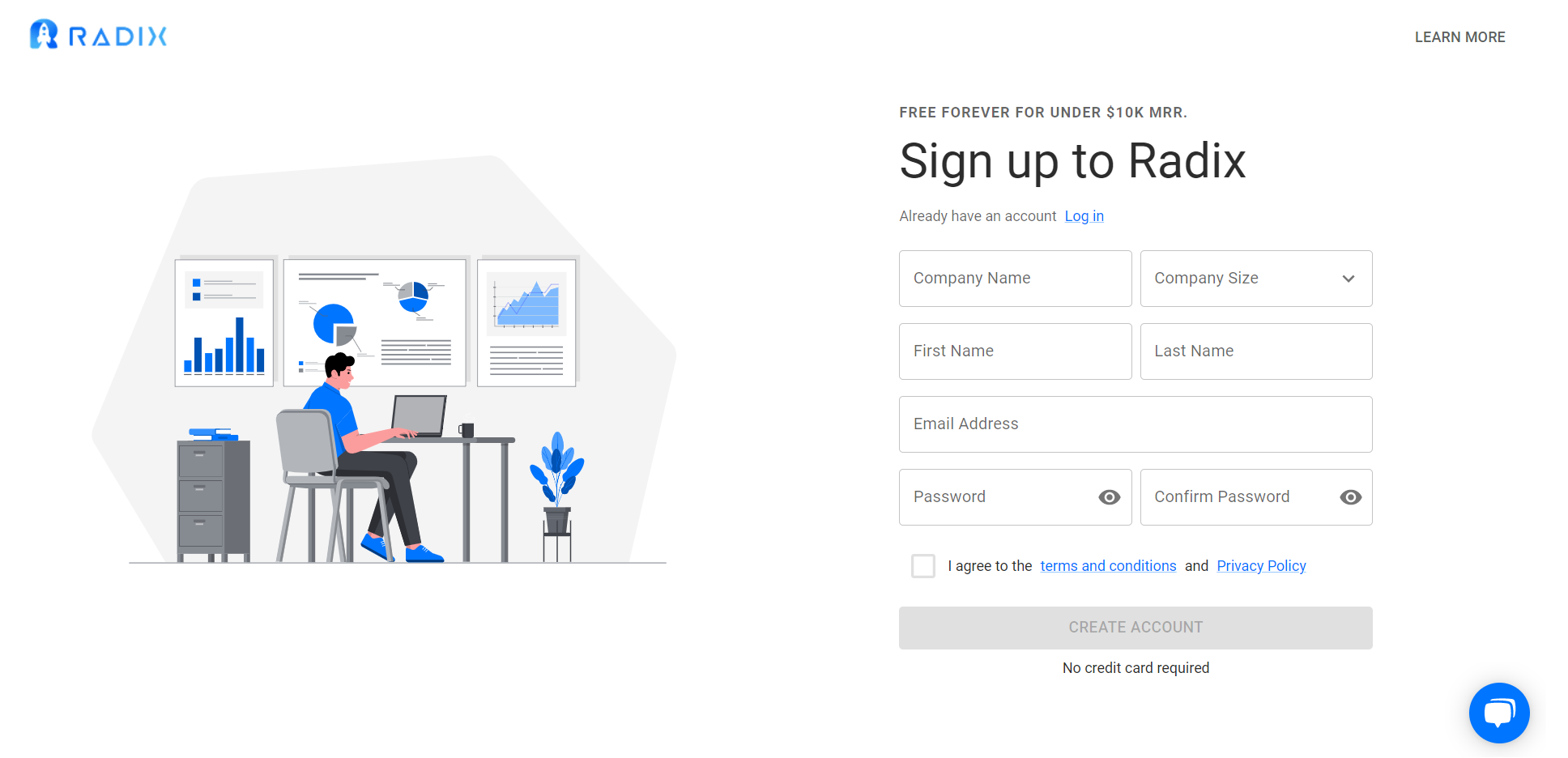Churn is a term used in eCommerce and it refers to the rate at which customers leave your product or service. The more churn you have, the worse off your business is because it means fewer people are buying from you and therefore not generating revenue. However, there are ways to reduce churn in eCommerce businesses so that they can keep growing and increasing profits.
Let’s start with the basics.
Churn is a measure of customer retention. It’s the number of customers you lose over time and how much business you are able to generate from these lost customers.
To understand why your customers are leaving, it helps to think about what makes them stick around in the first place. Customers who like your product or service often have more than one reason for staying with you—they may also be loyal because they’ve given up on finding another solution that works as well as yours does (or not). This can be good news if churn rates are high; however, if they’re low then there may not be enough opportunity for growth without re-educating existing users on how best to use the product/service
What is eCommerce churn?
The eCommerce churn rate is the percentage of customers who leave a business. You can calculate it by dividing the number of customers lost by the total number of customers, sometimes called “churn rate.” The reason for this measurement is simple: if your customer base grows faster than your client base, then you’re losing money on each new customer (and possibly even more). When you see an increase in this number, it can tell you whether or not your current strategy is working well enough to keep up with demand.

Why does churn matter?
Churn is a leading indicator of business health.You can use it to predict future revenue and identify trends in customer satisfaction with your brand, which will help you understand what actions you should take to improve your eCommerce sales.
Churn metrics are important for measuring customer loyalty and satisfaction as well as tracking conversion rates from one stage of the funnel (such as a website) to another (like a phone call). These metrics are also an essential part of any marketing strategy because they give insight into how well customers are interacting with your site or app, which helps determine whether they’re ready for further engagement at this point in time – whether that’s by recommending products through social media or buying directly via email or mobile app downloads (more info below).
How to calculate churn in eCommerce businesses?
Calculating churn is one of the most important things for an eCommerce business. Churn can be thought of as the percentage of customers that left your business, and it can be calculated in two ways:
- You divide the number of customers you lost by the total number of customers at the beginning of a period (e.g., 1 month). This is called “churn rate”
- You take the number of customers who left during a specified period—let’s say six months—and divide it by their initial customer count at that time (e.g., 1 million). This method allows you to track longer periods with more accuracy because it takes into account not only short-term events but also long-term trends over time
Churn metrics you can use to measure retention.
You can also use metrics like customer engagement, which measures the extent to which a customer interacts with your website and brand.
Retention rate is another important metric for eCommerce companies, as it tells you how many customers who visit your site return again in future visits. The retention rate is calculated by dividing the number of returning visitors by the total number of new visitors in one year; this percentage represents how much of your business comes back on average each month or quarter. If you have high churn rates and low average order values (AOVs), it might mean that there’s something wrong with either how people are buying products online or in stores – often these problems stem from poor customer service experiences.”
Customer engagement is a primary indicator of churn.
Customer engagement is often confused with customer satisfaction. While they are both important, they measure very different things. Customer engagement measures how loyal your customers are to your brand and you can use it to determine how much profit you’re making from them. The best way to increase customer engagement is by increasing their loyalty level through quality communication and service.
Some Customer Engagement Metrics:
- Retention rate: This metric tells you how many customers stayed with your company over the course of a month or year (or even longer). It’s most useful when comparing companies that have similar products or services but different target markets; if one has better retention than another company in its industry then it may be worth considering switching brands based on this metric alone!
-
Customer acquisition cost: This metric tells you how much it costs to acquire a new customer. The higher the number, the more expensive it is to bring in new customers, which may indicate that your marketing efforts are not working as well as they could be.
There are a lot of ways to measure churn and they can vary depending on your business and goals.
There are a lot of ways to measure churn and they can vary depending on your business and goals.
In order to calculate your churn rate, you need to know what kind of data you want to track. For example, if you’re looking at monthly customer contact information or website traffic stats for a particular product category (like shoes), there’s no way for us at eCommerce Churn to calculate that for you because we don’t have access to those types of information from our customers. In this case, we’d recommend using something like Google Analytics instead—it gives more granular details than just total visits per month or the number of unique visitors per day (which would be useful for calculating how many people visit your site).
The Top Reasons for Customer Churn in Your eCommerce Business
- Poor Customer Service.
- Perceived Low Value.
- Competitor with better offerings.
- A difficult purchase process
Conclusion
Churn is a common issue in eCommerce businesses. It’s important to measure, and it’s even more important to understand why your customers are going elsewhere. But the most important thing is to identify the root causes of churn and address them so that you can keep those customers happy with repeat purchases, refer others, and grow a thriving business that lasts long into the future!
Use Radix to Prevent eCommerce Churn
Hundreds of eCommerce companies have recovered thousands of customers thanks to our churn-prevention software.
We hope that with these tips, you can prevent churn and watch your customer retention soar! And remember—all of us here at Radix are always happy to help when we can. If you want to know more about what we can do for you, head over to our website, or feel free to contact us directly. Thanks for reading!
Create your Free Account Here!






